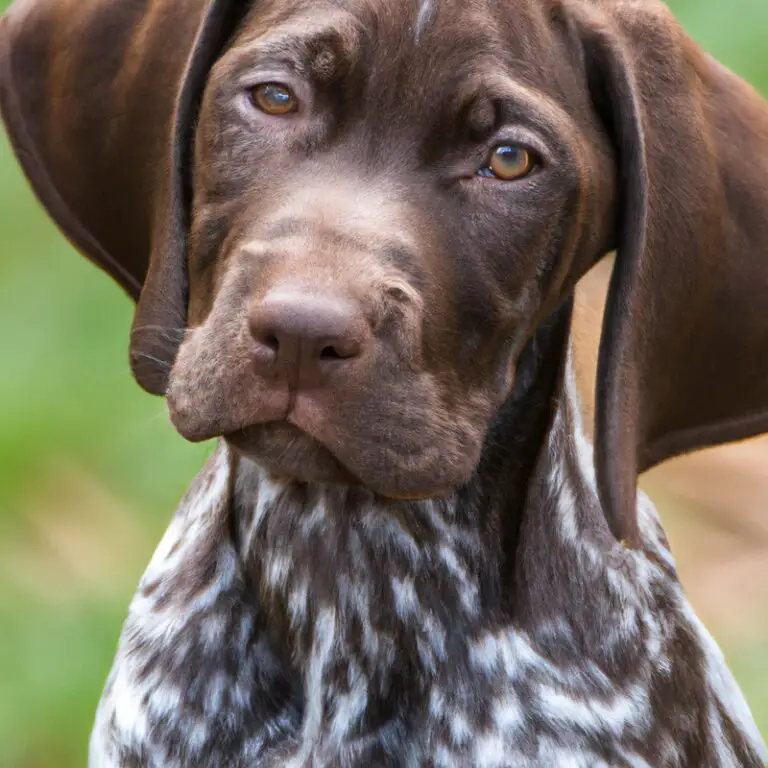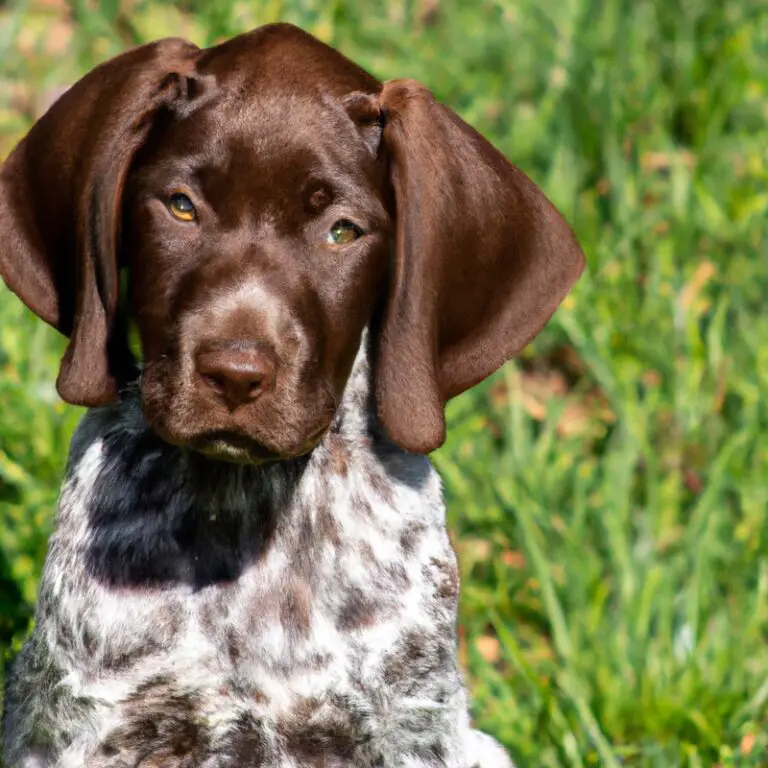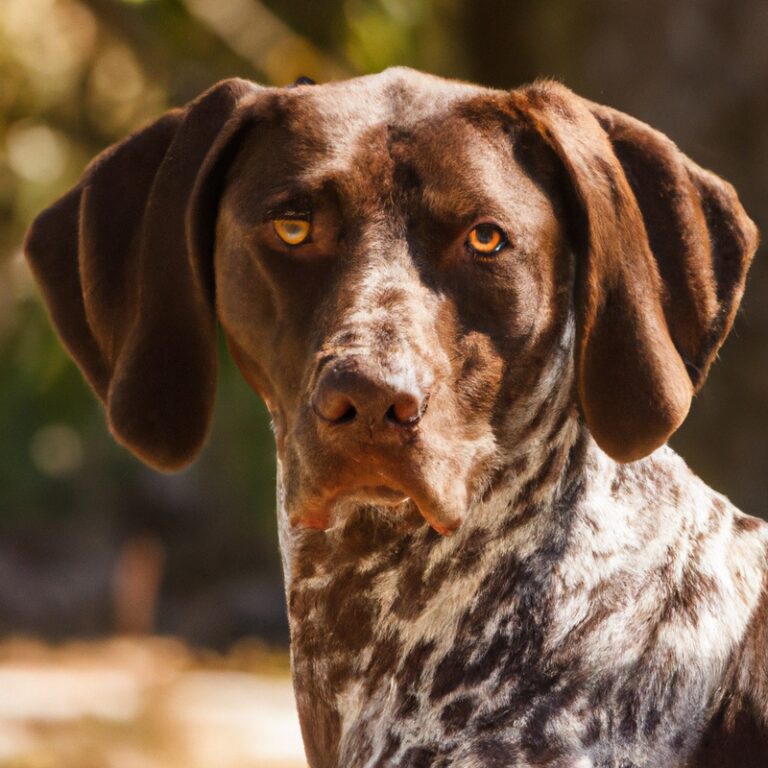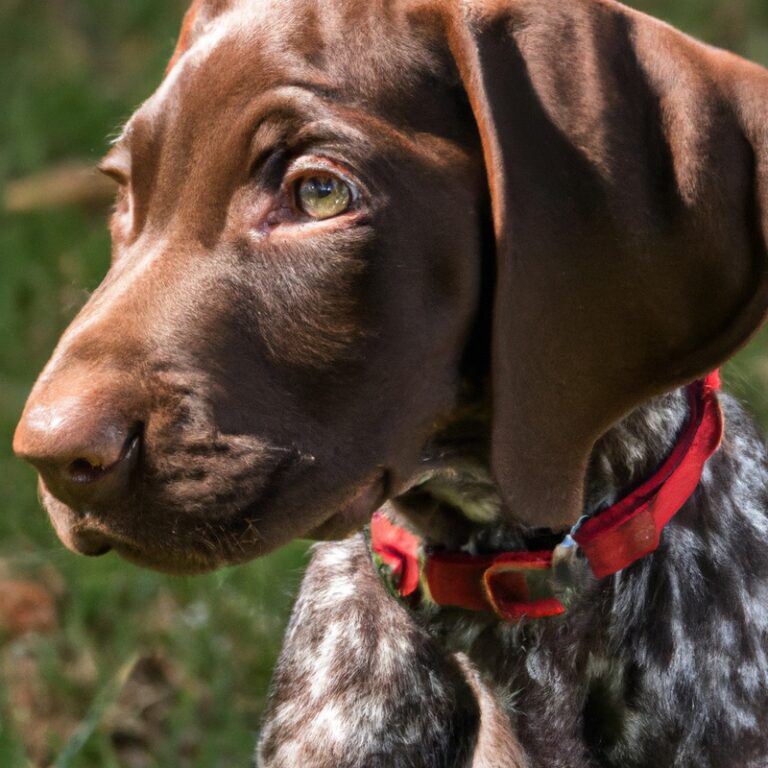What Are The Exercise Requirements For a Senior German Shorthaired Pointer?
Key Takeaways:
- Senior German Shorthaired Pointers require regular exercise to maintain a healthy weight and overall well-being.
- Moderate daily exercise with mental stimulation is recommended to keep senior German Shorthaired Pointers physically and mentally engaged.
- Tailoring exercise to their individual needs and abilities is key to avoid overexertion and potential health issues.
- Consulting with a veterinarian is essential to create an exercise plan that suits the specific needs and limitations of a senior German Shorthaired Pointer.
Are you the proud parent of a senior German Shorthaired Pointer? If so, you already know the boundless energy and zest for life that these magnificent dogs possess.
But as they age, their exercise needs change too.
That’s why I’m here to shed light on the exercise requirements for your beloved senior German Shorthaired Pointer. In this article, we’ll explore the physical and mental needs of senior GSPs, discuss suitable exercise options, and offer tips on keeping them safe and fit.
So let’s dive in and ensure that your furry friend stays active and healthy well into their golden years.
| Exercise Requirements | Details |
| Moderate Exercise |
|
| Not Excessive Exercise |
|
| Mental Stimulation |
|
| Senior Health Considerations |
|
The Importance of Exercise for Senior German Shorthaired Pointers
Understanding the Physical Needs of Senior German Shorthaired Pointers
Understanding the Physical Needs of Senior German Shorthaired Pointers Senior German Shorthaired Pointers have specific physical needs that should be addressed for their overall well-being. Firstly, these dogs require regular exercise to maintain their muscle tone, joint health, and mental stimulation.
Taking them on daily walks or engaging in low-impact activities like swimming can help fulfill their exercise requirements.
Additionally, senior German Shorthaired Pointers may need modifications to their exercise routine. It’s important to pay attention to their energy levels and any signs of discomfort or fatigue.
Gradually decreasing the intensity and duration of exercise can help prevent injuries and joint strain, while still keeping them active.
Furthermore, providing a balanced and appropriate diet is crucial for senior German Shorthaired Pointers’ physical health. Consultation with a veterinarian can help determine the optimal diet plan for your dog’s specific needs, including any dietary supplements that may be necessary.
Lastly, regular visits to the vet for check-ups and preventive care are essential, as senior German Shorthaired Pointers are more prone to certain health issues.
Routine examinations can detect any potential health problems early on, allowing for prompt treatment and management. By understanding and meeting the physical needs of senior German Shorthaired Pointers, you can ensure they lead a healthy and active life in their later years.
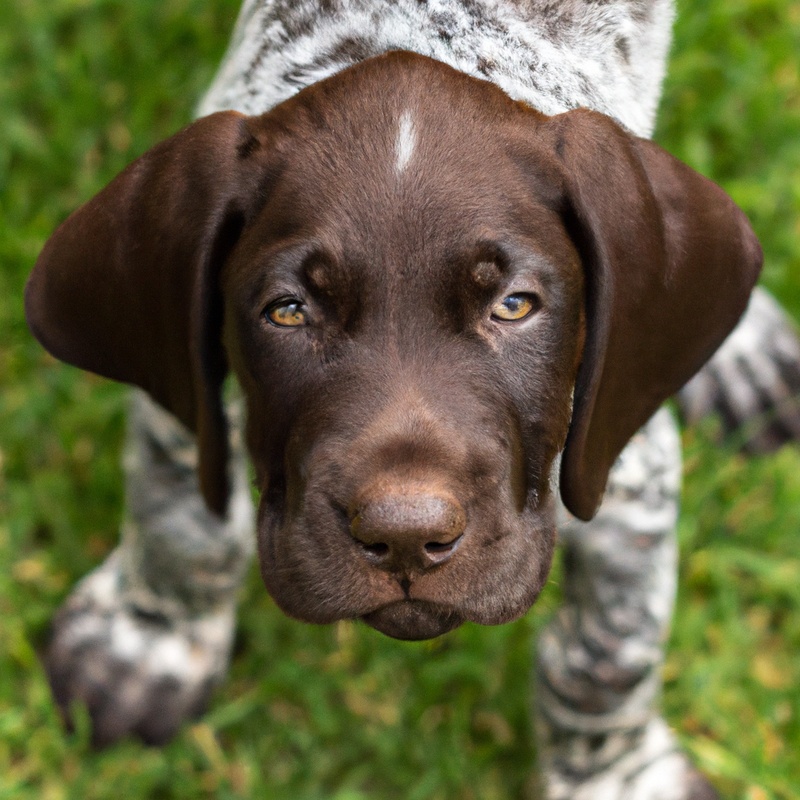
Tailoring Exercise to Meet the Individual Senior GSP’s Needs
Tailoring exercise to meet the individual senior German Shorthaired Pointer’s needs is essential for their overall well-being. Every senior GSP is different, and their exercise requirements may vary based on factors such as their age, health condition, and energy level.
First and foremost, it is important to consult with your veterinarian to get a clear understanding of your senior GSP’s specific needs.
They can provide valuable insights and recommendations tailored to your dog’s unique situation. When it comes to exercise, take it slow and steady.
While seniors may not have the same energy levels as when they were younger, they still require regular physical activity to maintain a healthy weight and muscle tone.
However, it’s crucial to avoid overexertion or high-impact activities that could strain their joints. By incorporating low-impact exercises such as short walks, swimming, or gentle play sessions, you can help keep your senior GSP active without putting excessive stress on their body.
You can also consider mental exercises and enrichment activities to stimulate their mind and keep them engaged.
By implementing an exercise routine that is tailored specifically to your senior GSP’s needs, you can ensure they stay fit, happy, and healthy in their golden years.
Incorporating Mental Stimulation in Exercise Routines for Senior GSPs
Incorporating mental stimulation in exercise routines for senior German Shorthaired Pointers is essential for their overall well-being. By engaging their minds during physical activities, you can keep your senior GSP mentally sharp and happy.
One way to achieve this is by incorporating interactive games or puzzles into their exercise routine.
For example, hide-and-seek sessions or puzzle toys can provide mental stimulation while they exercise. Additionally, you can also try incorporating obedience training or teaching them new tricks during their exercise time.
This will not only keep them physically active but also mentally stimulated, helping them live a fulfilled and enriched life.
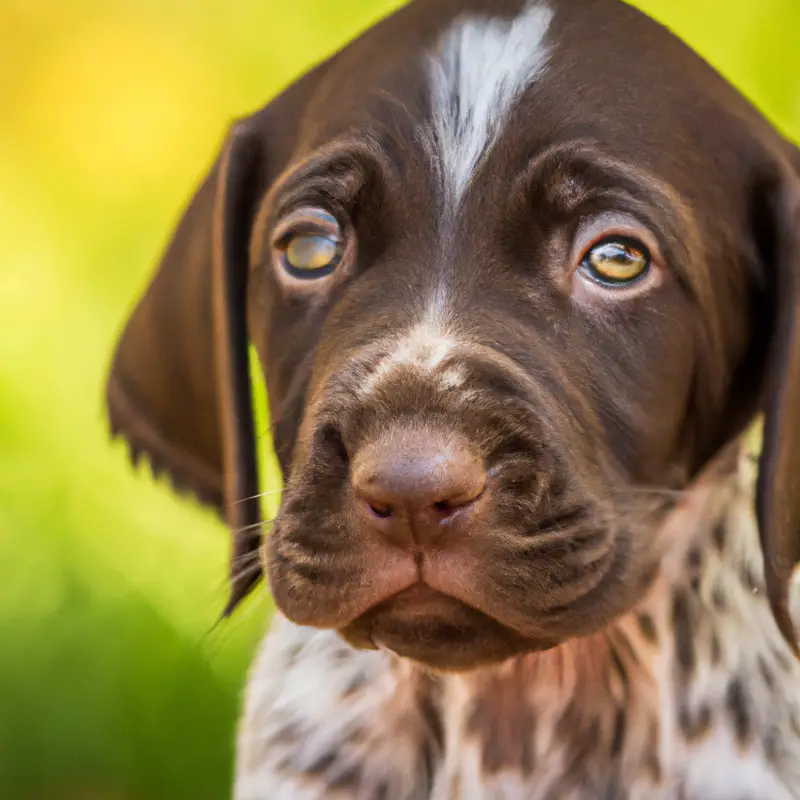
Suitable Exercise Options for Senior German Shorthaired Pointers
Suitable exercise options for senior German Shorthaired Pointers are important to keep them healthy and happy. Here are a few options for exercising your senior GSP:
- Moderate walks: Take your senior GSP for regular walks, but keep the pace moderate to avoid overexertion. This will help them maintain their fitness levels and stimulate their senses.
- Swimming: If your senior GSP enjoys water, swimming can be a low-impact exercise option. It provides a full-body workout without putting stress on their joints.
- Interactive play: Engage in gentle play sessions with interactive toys, such as puzzle toys or hide-and-seek games. This helps in mental stimulation and keeps them physically active.
- Short training sessions: Incorporate short training sessions into their exercise routine. This not only keeps their mind sharp but also provides a light physical workout.
Tips for Maintaining Exercise Safety and Monitoring Senior GSPs’ Fitness Levels
When it comes to keeping your senior German Shorthaired Pointer (GSP) healthy and active, there are a few important tips to keep in mind. First and foremost, always prioritize exercise safety.
This means avoiding high-impact activities that could put strain on your senior GSP’s joints and muscles.
Instead, opt for low-impact exercises like leisurely walks or swimming. Monitoring your senior GSP’s fitness levels is also crucial.
Keep a close eye on their energy levels during exercise.
If they seem excessively tired or are struggling to keep up, it may be a sign that they need to take it easy. Additionally, pay attention to any changes in their weight or mobility.
Regular vet check-ups can help ensure that your senior GSP is maintaining a healthy level of fitness.

Benefits of Regular Exercise for Senior German Shorthaired Pointers
Regular exercise offers numerous benefits for senior German Shorthaired Pointers. First and foremost, it helps them maintain a healthy weight, reducing the risk of obesity and associated health issues.
Exercise also keeps their joints mobile and muscles strong, improving their overall mobility and reducing the risk of arthritis.
Additionally, regular physical activity stimulates their mental and cognitive functions, preventing cognitive decline and keeping their minds sharp. Exercise provides an outlet for their energy, which can help alleviate behavioral problems and prevent boredom.
Lastly, it strengthens their immune system, promoting better overall health and longevity.
Adjusting Exercise Routines as Senior GSPs Age
As your German Shorthaired Pointer (GSP) gets older, it’s important to make some adjustments to their exercise routine. Here’s what you need to consider:
- Lower intensity: As senior GSPs may have less energy and endurance, it’s important to choose activities that are less intense. Shorter walks, gentle play sessions, or swimming can be great options.
- Joint care: Aging GSPs may be prone to joint issues like arthritis. Protect their joints by avoiding strenuous activities and providing comfortable bedding. Consult your vet for joint supplements if needed.
- Mental stimulation: While exercise is still important, cognitive enrichment becomes crucial as GSPs age. Engage them in brain teasers, puzzle toys, and training sessions to keep their minds sharp.
- Regular breaks: Older GSPs may need more frequent breaks during exercise to prevent overexertion and to catch their breath. Pay attention to signs of fatigue or discomfort and adjust accordingly.
Final Verdict
Regular exercise is of utmost importance for senior German Shorthaired Pointers. Understanding their physical needs and tailoring exercise routines accordingly is key.
Incorporating mental stimulation alongside physical activity keeps their minds sharp.
Options such as swimming, gentle walks, and puzzle toys are suitable for their aging bodies. Safety measures and monitoring fitness levels are essential for their well-being.
The benefits of exercise for senior GSPs cannot be overstated, promoting longevity, mobility, and overall happiness.
As they age, adjusting their exercise routines will ensure their continued vitality. Trust this expert advice to keep your senior GSP healthy and thriving.


